Understand
In a remarkable feat of urban planning, Brasilia, the capital of Brazil, was constructed in just four years from 1956 to 1960 under the visionary leadership of President Juscelino Kubitschek. With the ambitious goal of achieving "fifty years of progress in five," Brasilia rose as a testament to his vision and determination. The city's layout is awe-inspiring, resembling a majestic bird or an airplane soaring through the sky. It incorporates distinct zones dedicated to specific functions, such as residential, commercial, healthcare, and financial sectors. At the heart of this metaphorical "airplane" lies the Eixo Monumental, a grand thoroughfare that leads to the government buildings. The "wings" of the city encompass residential areas, comprised of medium-rise apartment buildings along with small business districts. The bustling intersection where these wings converge serves as the vibrant center of commerce and culture, featuring an array of stores, hotels, and the stunning cathedral. To enhance the quality of life in this modern metropolis, a vast artificial lake was created, providing both recreational spaces and alleviating the effects of low humidity during dry seasons. Today, Brasilia represents not only an architectural marvel but also a symbol of Brazil's aspirations, as it strives to redefine its global standing as a forward-thinking nation.
Map & Climate
Popular Foods
 Feijoada is a traditional Brazilian stew made with black beans and various meats, typically including pork, sausage, and beef. It's cooked slowly with onions, garlic, and spices, resulting in a rich and hearty dish. Often served with white rice, orange slices, and farofa (toasted cassava flour).
Feijoada is a traditional Brazilian stew made with black beans and various meats, typically including pork, sausage, and beef. It's cooked slowly with onions, garlic, and spices, resulting in a rich and hearty dish. Often served with white rice, orange slices, and farofa (toasted cassava flour).  Pão de queijo, also known as Brazilian cheese bread, is a popular snack or appetizer made with tapioca flour and cheese. These small, round balls have a crispy exterior and a soft, cheesy interior. Commonly filled with cheese like mozzarella or minas cheese, they can be enjoyed warm or cold.
Pão de queijo, also known as Brazilian cheese bread, is a popular snack or appetizer made with tapioca flour and cheese. These small, round balls have a crispy exterior and a soft, cheesy interior. Commonly filled with cheese like mozzarella or minas cheese, they can be enjoyed warm or cold.  Moqueca is a seafood stew originating from the northeastern region of Brazil. It consists of fresh fish, shellfish, coconut milk, onions, tomatoes, and regional spices, cooked in a single pot. Usually served with white rice, it showcases the abundance of seafood found along Brazil's extensive coastline.
Moqueca is a seafood stew originating from the northeastern region of Brazil. It consists of fresh fish, shellfish, coconut milk, onions, tomatoes, and regional spices, cooked in a single pot. Usually served with white rice, it showcases the abundance of seafood found along Brazil's extensive coastline. 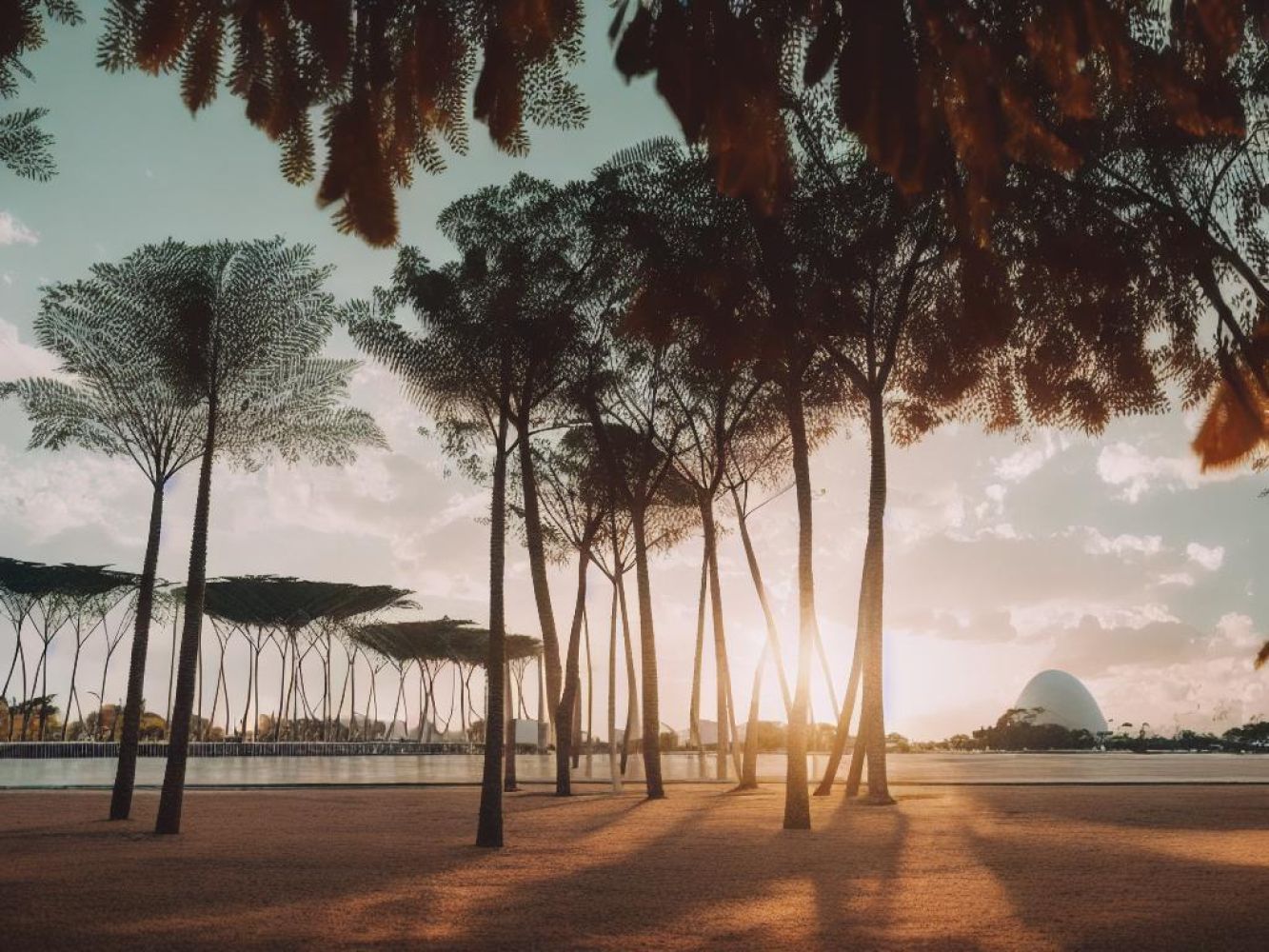
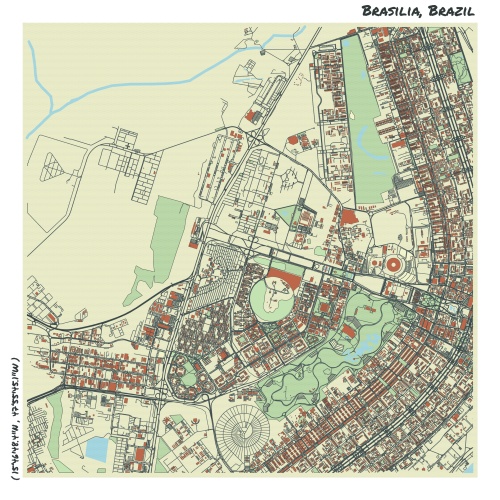
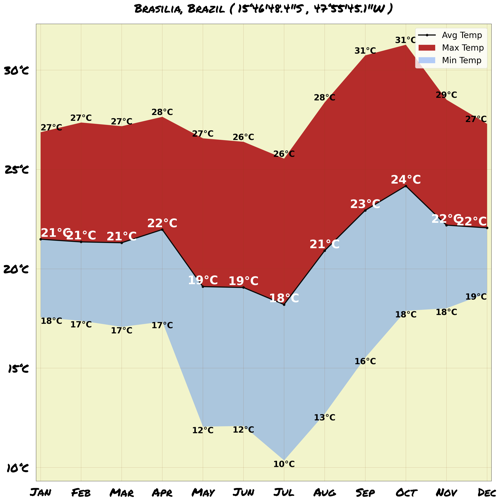
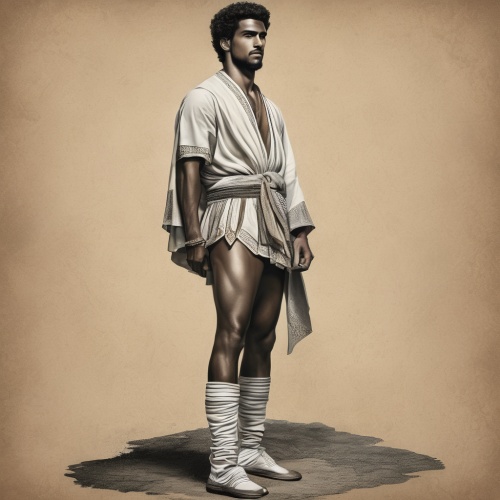
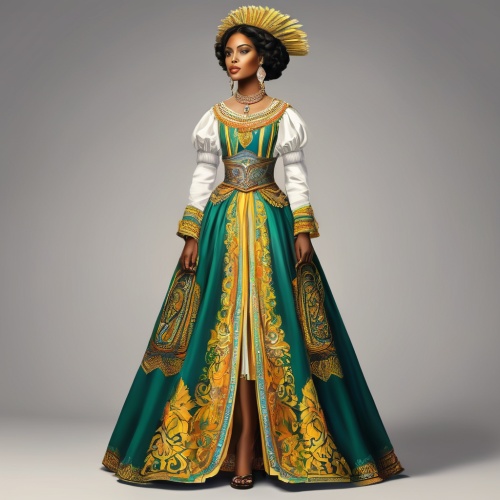
Comments
NO COMMENTS